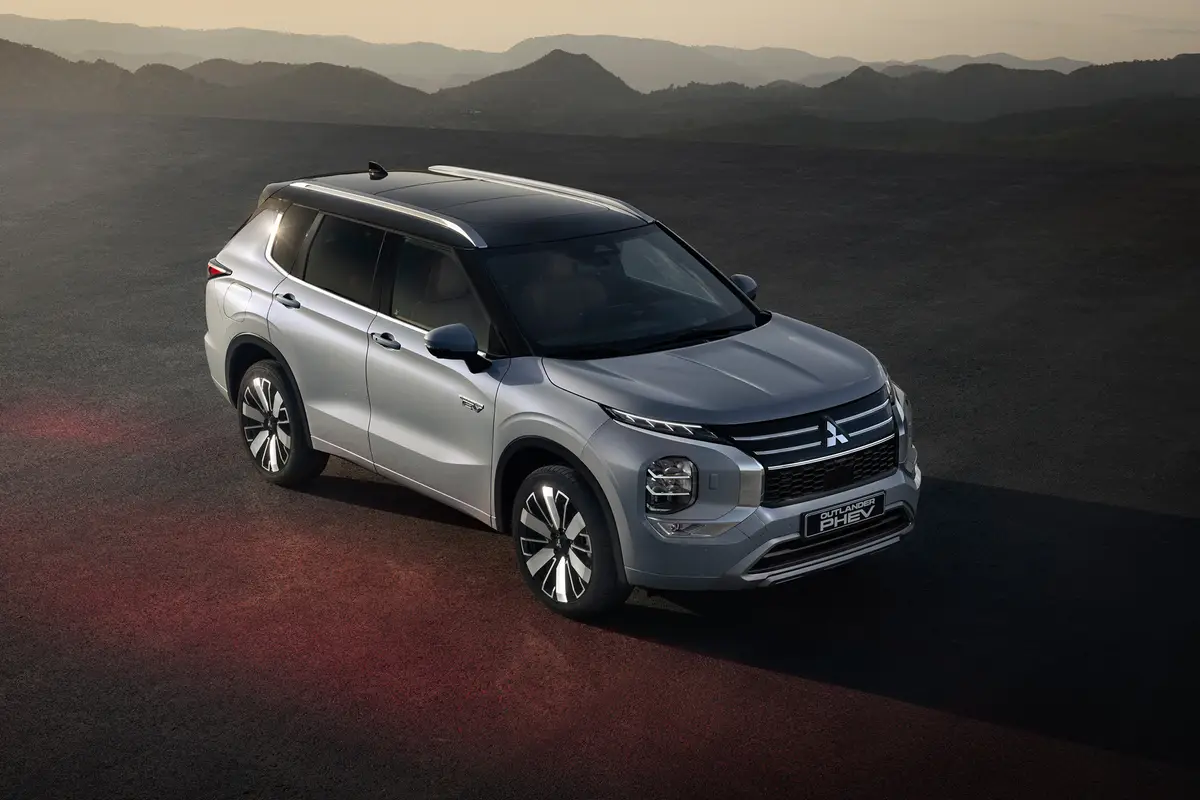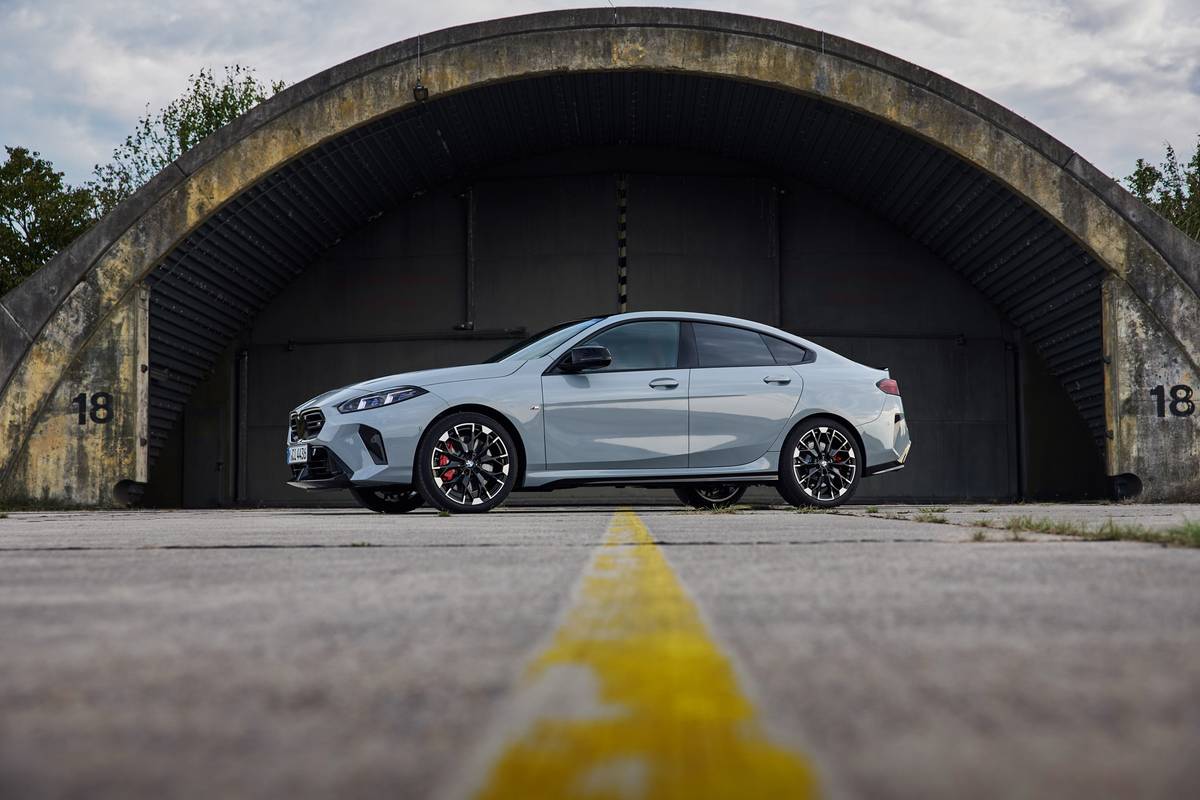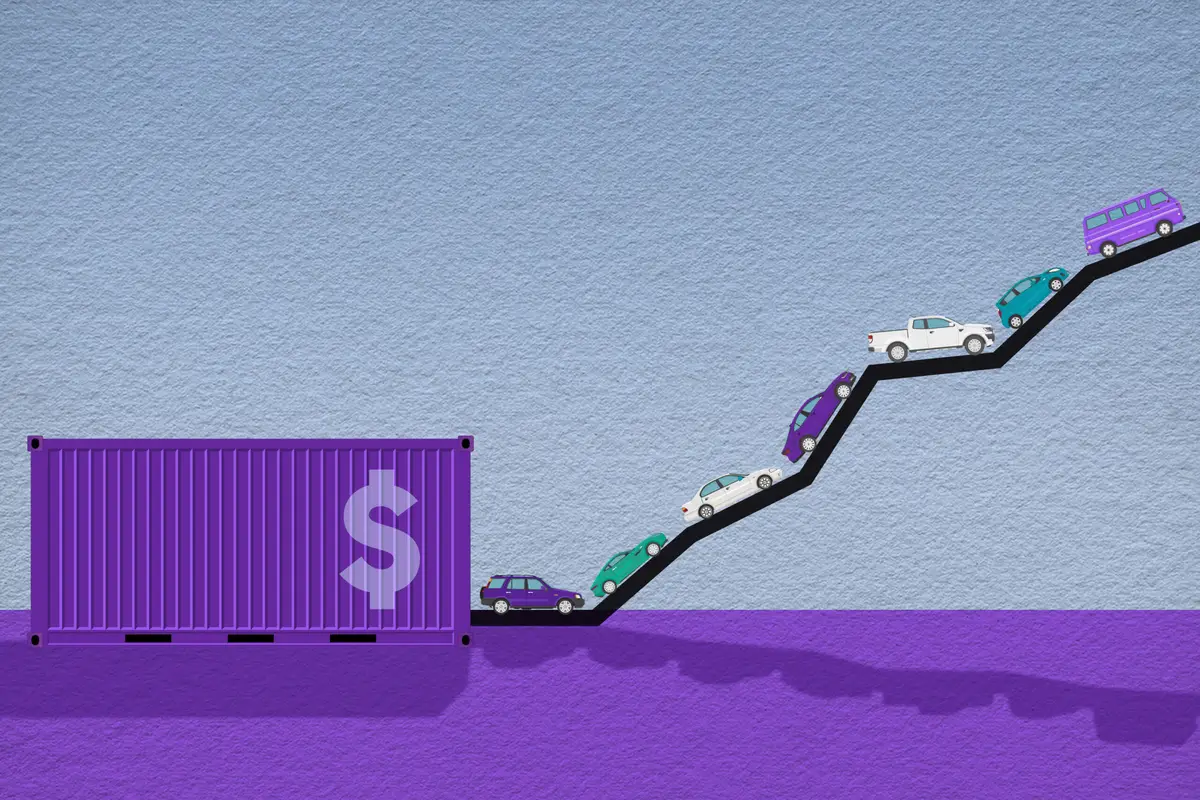The Morning Call and Mcall.com's view
The popularity of four-wheel drive passenger vehicles is quite apparent when you consider the number of manufacturers now producing them and the number of other manufacturers promising to produce them in the near future. Once confined to truck-based vehicles, four-wheel drive is now available in station wagons, sedans, coupes, sport sedans and sports cars.
But, of course, it wasn’t always this way. In fact, back in March 1975 when Subaru of America began selling its small 4WD station wagon in this country, it had the market all to itself. At the time though the market was not quite ready for the offering. Sales began rather modestly – 3,009 4WD cars sold that year – but started gaining momentum as drivers began to appreciate having the traction of four-wheel drive in a smaller package. Thus last year more than 55,000 4WD Subarus were sold in this country. As could be expected, everyone wanted a piece of the action, and they are getting it.
The story of how Subaru got into the four-wheel drive business is rather interesting and, fortunately, rather brief. It seems that back in 1974 Subaru of America’s CEO Harvey Lamm while on a routine trip to Japan noticed a row of unusual-looking station wagons sitting in storage in a Fuji plant (Fuji Heavy Industries is the manufacture of Subaru). He learned that these were special, limited edition cars produced specifically for the Japanese Forestry Service and realized they had potential in America. What gave these vehicles even a fresher approach was that they were front-wheel drive with driver-selection of 4WD as needed.
Today, the latest in this line of 4WD station wagons is the Turbo Wagon, a luxury and performance-type vehicle that is light years away from Subaru’s first rather Spartan 4WD wagon. Since it is the most expensive of all Subarus you should expect something extra from it.
Beginning with basics, the Turbo Wagon has a wheelbase of 97 inches, length of 173.6 inches, width of 65.4 inches, height of 54.9 inches and curb weight of 2,695 pounds. As you can see it really isn’t a big vehicle. However I had leg and head room (even with the sliding sunroof) so I really can’t complain. Two years ago Subaru did a big revision on this wagon and, among other things, increased its size. So not only do front-seat occupants have decent room, there is room in the back seat too. Cargo space with the rear seat in place measures 34.5 cubic feet plus 1.8 cubic feet of hidden space. With the rear seats folded, cargo capacity is increased to 70.3 cubic feet (again, plus the hidden space). What can’t be fitted inside, can be attached to the roof rack.
The test vehicle proved to be easy to drive. With the turbo, there was some torque steer on hard acceleration so hanging on to that wheel and making sure you are aiming it where you intend to go is important. Torque steer is not all that unusual with front-wheel drive cars wi th above average power but you do have to be aware of it. Of course, in four-wheel drive power is spread out more evenly and torque steer is not that noticeable.
Handling and ride were quite decent and no doubt helped out by the vehicle’s four-wheel independent suspension: MacPherson struts up front and semi-trailing arms in the rear with anti-sway bars at both ends. Even the five-speed manual transmission was easy to take. In fact, with Subaru’s hill- holder clutch system it proved to be one of the easiest of manual transmissions to take. (The hill-holder is just that. When properly engaged, this unique feature automatically prevents backward roll when starting forward on upgrades.) If you are still not convinced on the manual, an automatic transmission is available.
If the test vehicle’s manual transmission was easy to use, the four-wheel drive system was even more so. I would even go as far as to say that even a world class klutz should be able to us this system. All that is required is to press in a little red button on top of the gear shift knob. This will take the wagon from two- to four-wheel drive and the other way around. This can be done while standing still or on the fly at highway speeds. Just so there is no confusion, two-or four-wheel drive is indicated on the ”Telltale Graphic Monitor.” (However, I did have a problem with this monitor on the high beam indicator light. It seems to me it is just a little bit out of the way and hard to define.)
Unfortunately, or perhaps fortunately, there was no snow around to test out the wagon. But I did take it off road, onto the sand and through some heavy rain. Everything worked as it was suppose to work.
The Turbo Wagon, as the name implies, is powered by a turbocharged, horizontally opposed, four-cylinder engine that measures 109 cubic inches/1.8 liter and features overhead cams and multi-port fuel-injection. Quite a sophisticated little power plant. What makes it somewhat unique is its horizontally opposed configuration which means that the pistons are positioned on their sides with two on each side of the crankshaft.
The engine is rated at 111 horsepower at 4,800 rpm and 134 foot pounds torque at 2,800 rpm. This is more than enough power to move the Turbo Wagon out at a good clip. Fuel mileage – on premium unleaded – came out to 20 mph for city driving and 26 mph over the highway.
The top-of-the-line GL-10 Turbo Wagon had a base price of $14,078, again a long way down the road from that first wagon. In addition to a high level of interior and exterior trim, standard equipment included air conditioning, power door locks, power windows (including a driver’s automatic window), power steering, cruise control, 20-watt ETR four-speaker stereo, four-wheel disc brakes, rear window washer/wiper, power outside mirrors, tilt steering wheel with memory, front seat height adjusters and power sliding sunroof.
Full price on the test car came to $14,898, including inland freight charge of $254, dealer prep of $125, and the vehicles only two options, roof rack, $212, and cassette deck, $225. If you can do without the turbo and all the thrills and frills, the standard 4WD wagon has a base of $9,797.
Latest news



